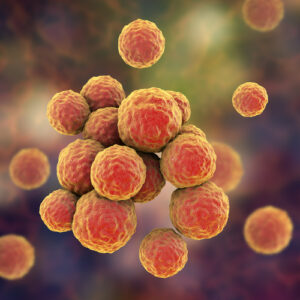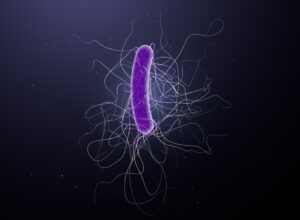Recent studies on biofilm resistance to surface disinfectants have been worrying, but no longer, due to arrival of disinfectant (KK2) with persistent surface efficacy.
S.aureus, C. difficile and other pathogens can survive within the formation of a protective collection of microbes (i.e., bacteria, fungi, algae, yeast, and protozoa) in other words, a slime layer on contaminated surfaces. As the biofilm matures, microbes including multi-drug resistant organisms (MDRO) can persist for months. Studies have shown S. aureus reform in a dry biofilm, even after numerous applications with sodium hypochlorite (Bleach) based products.
A peer-reviewed article “The Impact of a Continuously Active Disinfectant on Bacterial Surface Concentrations and Biofilm Growth” has just been published, and the results show that our NaDCC disinfectant tablet with detergent, effectively limits transmission of Staphylococcus aureus and Clostridioides difficile. Laboratory tests results reviewed by Kelly Reynolds (lead author), found that higher bacterial efficacies have been achieved with our US EPA registered, NaDCC formulated, Klorkleen 2 (KK2). NaDCC killed these pathogens when they were reapplied onto a surface and prevented regrowth for 24 hours. Similarly, NaDCC applied to a surface, limited biofilm formation.
Another highlight from this report is the reduction of C. difficile spores in tandem with the prevention of biofilm growth.
Read the full review and test procedures here: https://www.infectioncontroltoday.com/view/continuous-acting-disinfectant-appears-to-work-better-on-surfaces



